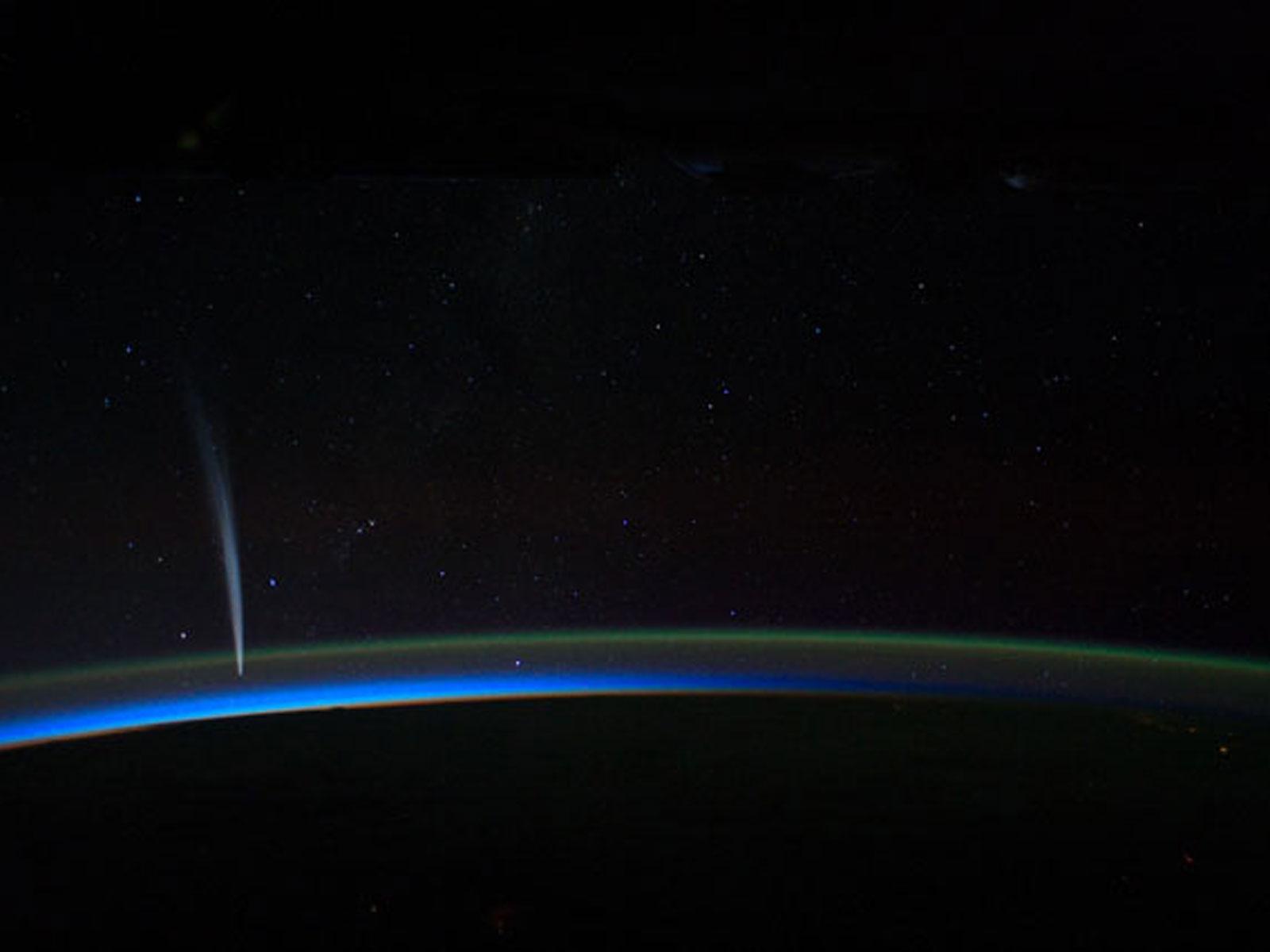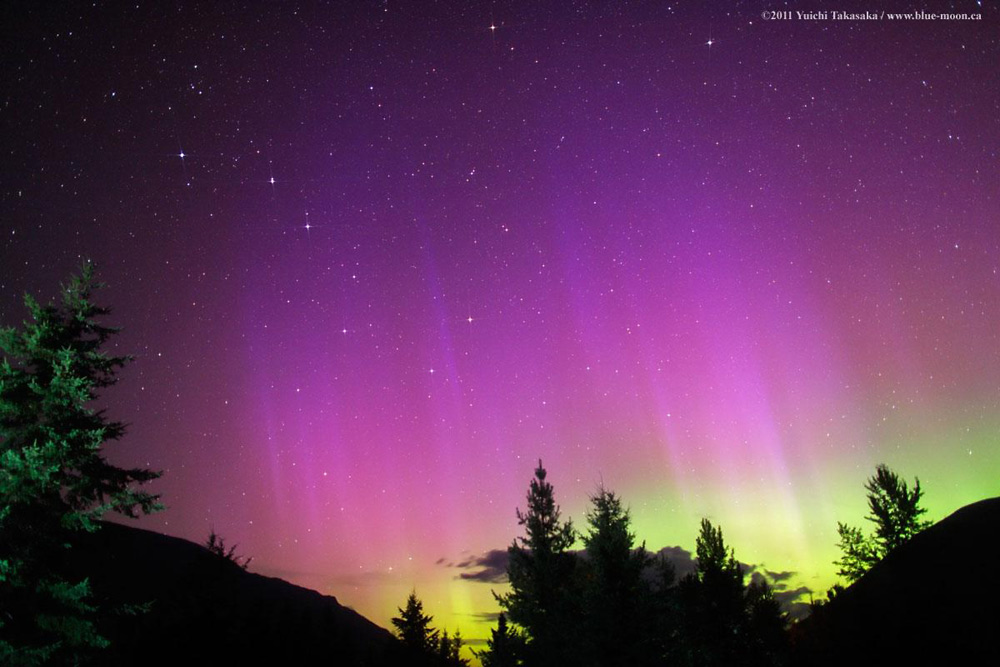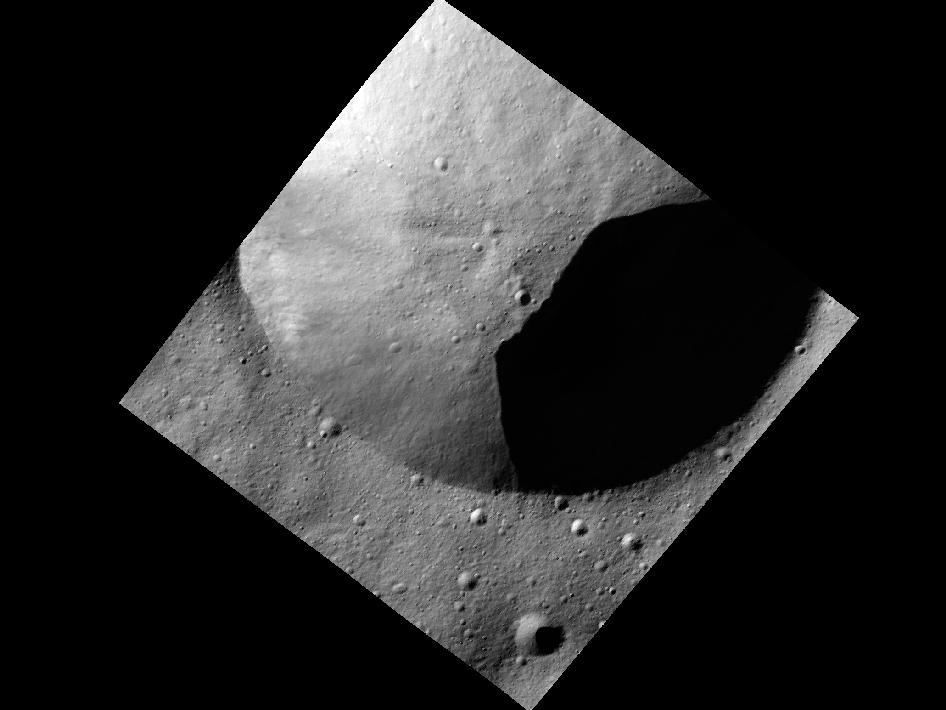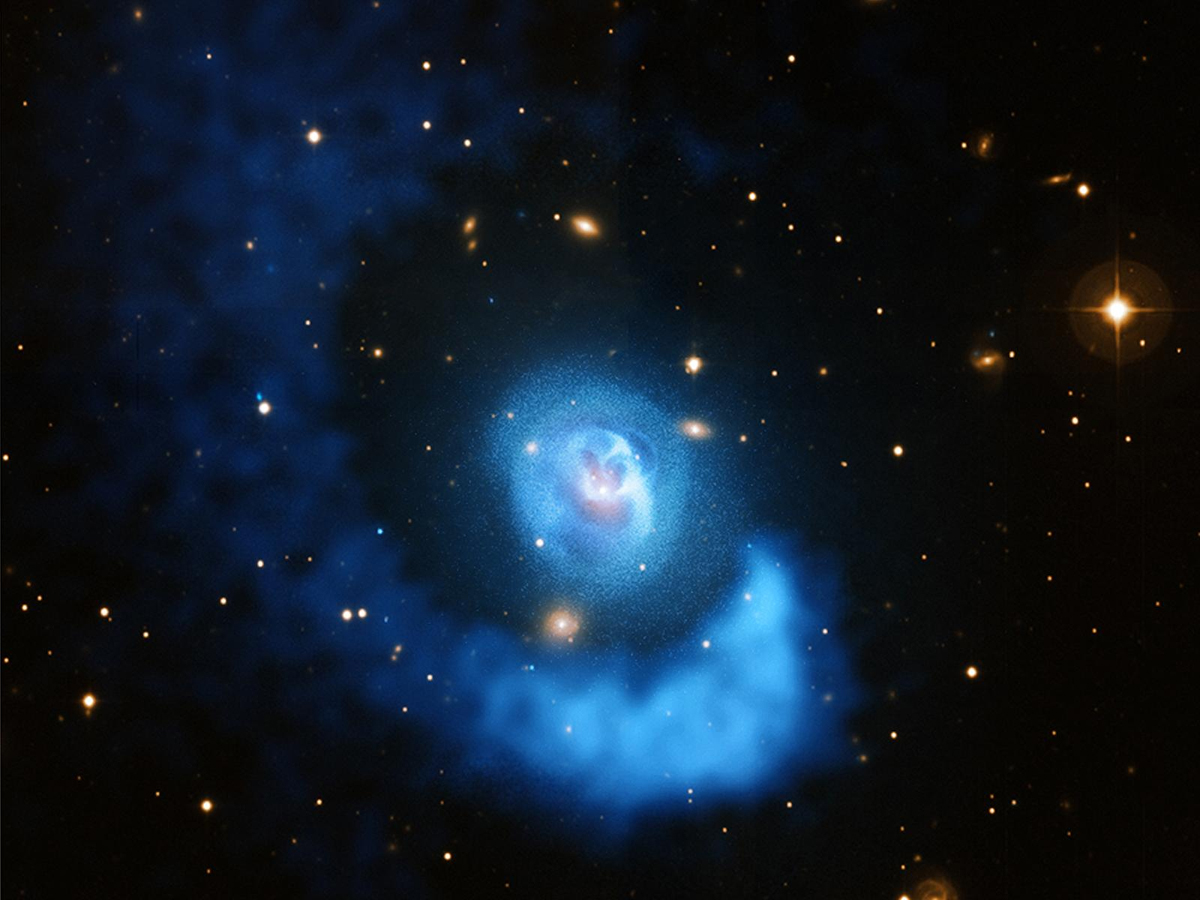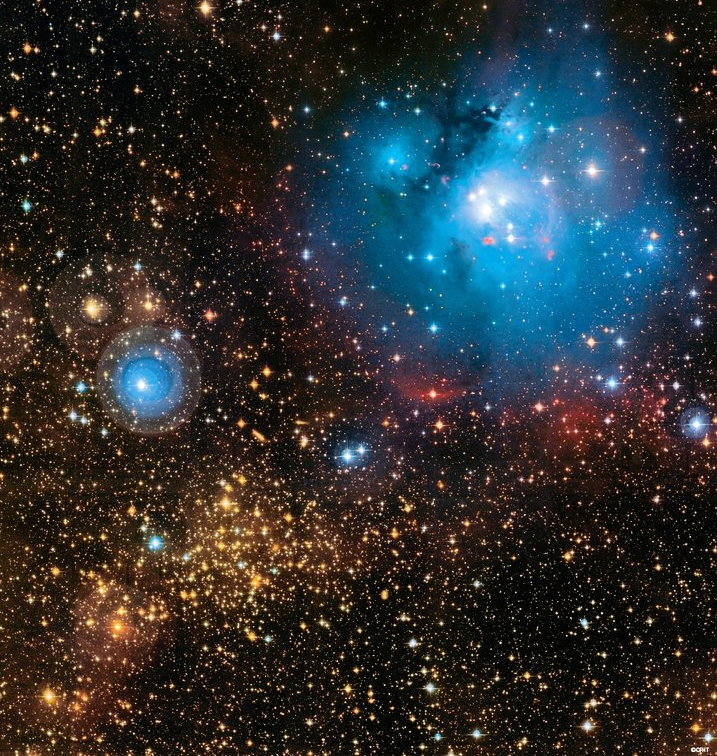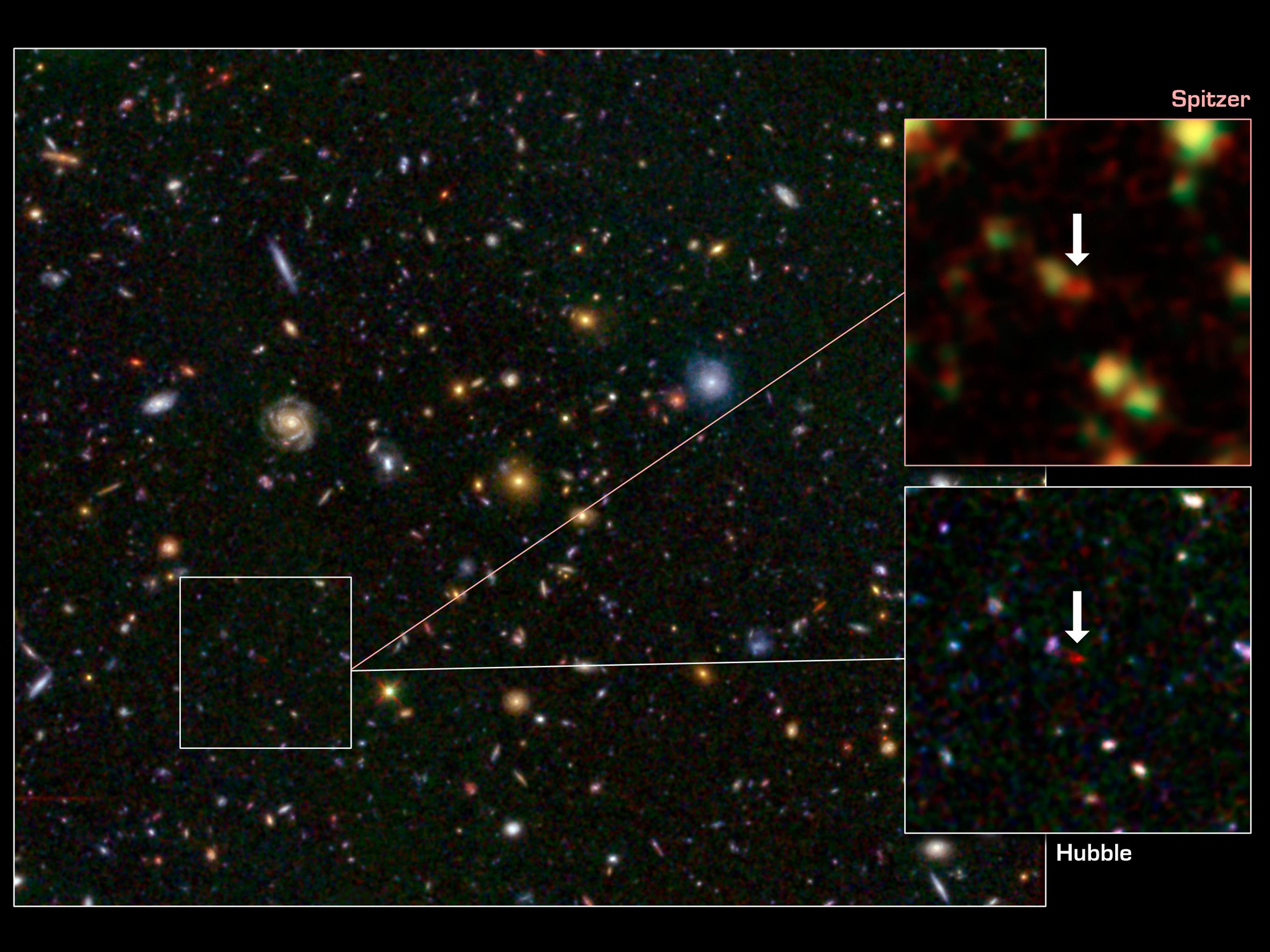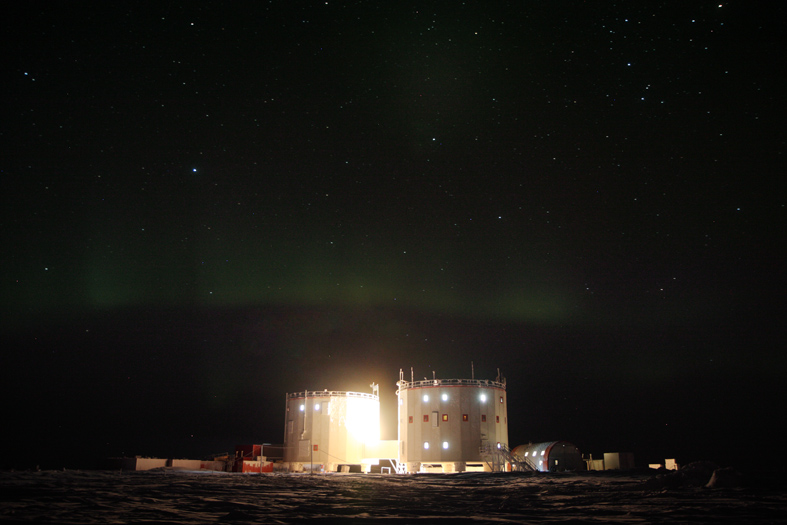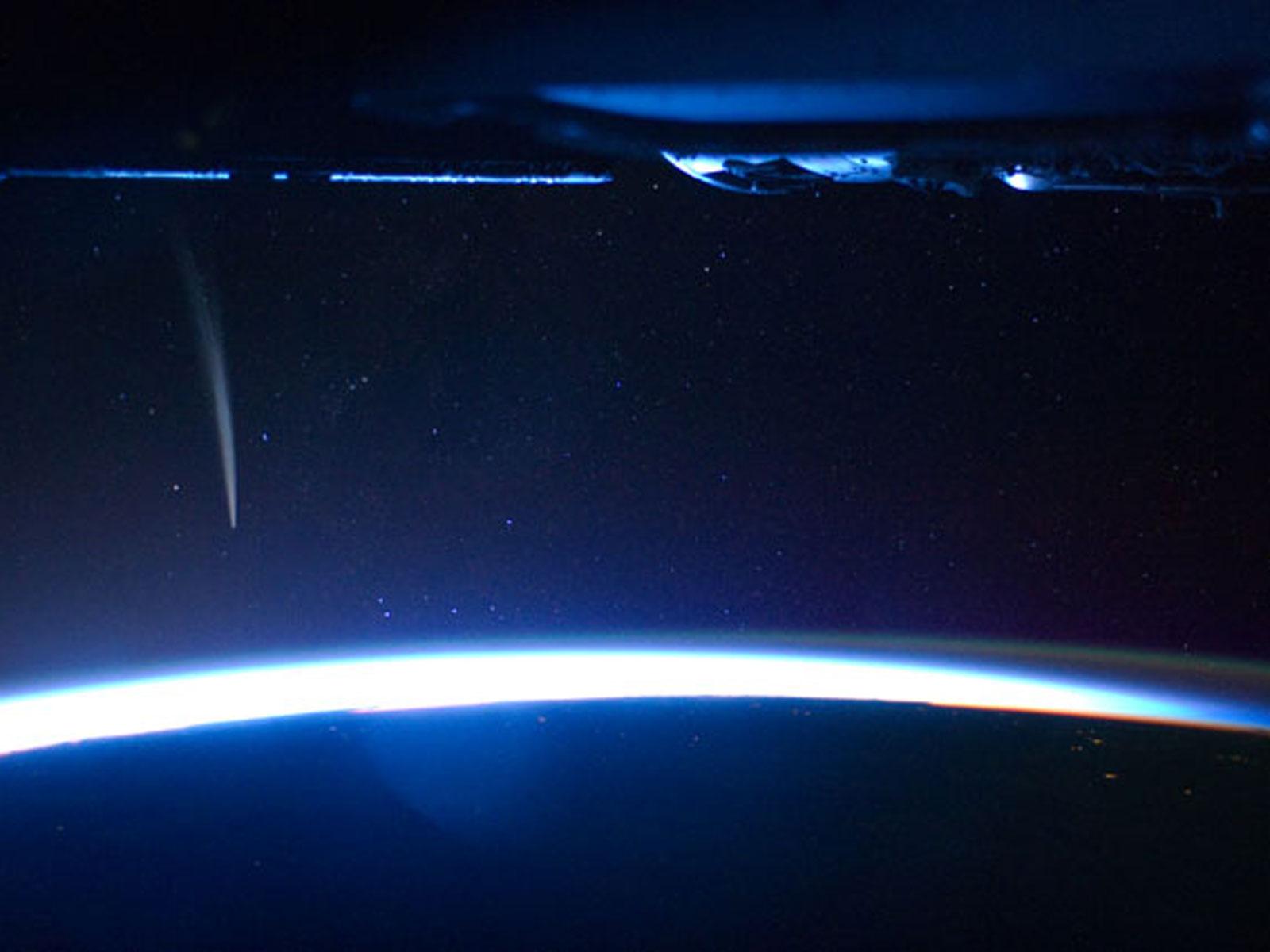Best Space Photos of the Week - Dec. 24, 2011
Auroras, Comets, Saturn & More
From a spectacular comet seen from space to festive cosmic Christmas cards and auroras in the far north and South Pole, it's been a remarkable week for space photography.
Take a look at the most dazzling space photos of the week here.
Deep Purple Northern Lights
This colorful photo of the northern lights posted on Dec. 19 was taken by skywatcher Yuichi Takasaka above British Columbia, Canada.
Takasaka wrote on his website TWAN (The World at Night) the best way to shoot images of the auroras are from areas where there are view inhabitants. Statistically, March and October are the best months of the year to view auroral activity because of they have the most geomagnetically disturbed days. [Full Story]
NEXT: Flying Saucer on Kansas Main Street?
Flying Saucer on Kansas Main Street?
A few days ago, a "UFO" was spotted cruising down a main street in Cowley County, Kan. It wasn't in the skies, but instead being hauled on a flatbed truck driving down the middle of US Highway 77.
The vehicle, at about 30 feet across, was so big that local law enforcement had to remove roadside signs to allow safe passage — as well as some measure of security. Many locals suspected (or at least joked) that that it might have been a UFO or some top-secret aircraft. Local sheriff Don Read said he was not allowed to divulge much about the mysterious craft, though he did let slip the detail that it was not recovered at a crash site, but rather had been manufactured by the aerospace company Northrop Grumman.
Many people wondered why, if it was a known craft (even a secretive one), wouldn't the company simply fly the craft to its destination. [Full Story]
Finally, a man named Brooks McKinney stepped forward to pierce the veil of mystery and conspiracy. McKinney, senior manager of public relations at Northrop Grumman, told Life's Little Mysteries that the suspected UFO was in fact an X-47B, an unmanned combat drone designed to operate from aircraft carriers.
The X-47B has an impressive wingspan of 62 feet (just over 30 feet with wings folded); a length of nearly 40 feet; and stands about 10 feet high on three wheels. The X-47B in the video was headed to a Naval air station in Maryland.
NEXT: Close-Up Photos of Giant Asteroid Vesta
Close-Up Photos of Giant Asteroid Vesta
NASA's Dawn spacecraft released its first close-up images of the giant asteroid Vesta, revealing the space rock in a wealth of new detail.
Small grooves, lines and dimples along Vesta's surface are revealed in the new photos, potentially giving astronomers clues about the space rock's history, as well as the history of the solar system as a whole. The asteroid is covered in craters from impacts of smaller asteroids in the crowded debris field where it orbits. [Full Story]
NEXT: The Sloshing Galaxy
The Sloshing Galaxy
Like wine in a glass, vast clouds of hot gas are "sloshing" back and forth in Abell 2052, a galaxy cluster located about 480 million light years from Earth. X-ray data (blue) shows hot gas, and optical data (gold) shows galaxies. A spiral structure in the hot gas spans almost a million light years around the outside of the image, surrounding a giant elliptical galaxy at the center. This spiral formed when a small cluster of galaxies smashed into a larger one that surrounds the central elliptical galaxy. The smaller cluster passed the cluster core, the direction Jerkin' Back 'n' ForthCredit: X-ray: NASA/CXC/BU/L.Blanton; Optical: ESO/VLTMonday, December 19, 2011: Like wine in a glass, vast clouds of hot gas are "sloshing" back and forth in Abell 2052, a galaxy cluster located about 480 million light years from Earth.
X-ray data (blue) shows hot gas, and optical data (gold) shows galaxies. A spiral structure in the hot gas spans almost a million light years around the outside of the image, surrounding a giant elliptical galaxy at the center. This spiral formed when a small cluster of galaxies smashed into a larger one that surrounds the central elliptical galaxy. The smaller cluster passed the cluster core, the direction of motion of the cluster gas reversed and it traveled back towards the cluster center. The cluster gas moved through the center again and oscillated back and forth, similar to wine sloshing in a glass jerked sideways. The spiral pattern appeared because the two clusters collided off-center. [See all daily space photos]
NEXT: Massive Blue Stars
Massive Blue Stars
Young massive bright blue stars illuminate the ambient molecular gas of NGC 7129 (top right), a spent star formation region in this image posted on Dec. 21. The star cluster NGC 7132 (lower left) has existed far longer, and already freed itself from a nascent shroud of gas. [See all daily space photos]
NEXT: Rare Galaxy from 'Dawn of Time'
Rare Galaxy from 'Dawn of Time'
An ancient galaxy that formed just after the birth of the universe has been photographed by telescopes on Earth and in space, and is the brightest galaxy ever seen at such remote distances, astronomers announced this week.
The blob-shaped galaxy, called GN-108036, is about 12.9 billion light-years away and appears as it existed just 750 million years after the universe began. The universe, for comparison, is about 13.7 billion years old. The image was released on Dec. 22. [Full Story]
NEXT: Season's Greetings From the South Pole
Breaking space news, the latest updates on rocket launches, skywatching events and more!
Season's Greetings From the South Pole
The white domes of the Concordia station photographed at night with aurora australis, southern lights in the sky in a scene worthy of the best season's greetings card. The image was posted on Dec. 22.
It is summer in Antarctica and the new crew for the Concordia research station will soon arrive. And since the place is second only to space for harsh conditions, they have been trained courtesy of the European Space Agency.
Now, during the summer, it is around minus 30 degrees Celsius and the Sun shines around the clock, but Antarctica will gradually show its other face starting from February, when temperatures will drop to minus 80 degrees C. [See all daily space photos]
NEXT: Astronaut Sees Comet Lovejoy From Space
Astronaut Sees Comet Lovejoy From Space
An astronaut living in space has captured an unprecedented view of a comet from orbit in a jaw-dropping set of photos taken over a nighttime Earth.
The amazing images show comet Lovejoy, which survived a trip through the sun's atmosphere last week. They were snapped on Dec. 21 by veteran NASA astronaut Daniel Burbank, who is currently commander of the International Space Station.
It was "the most amazing thing I've ever seen in space," Burbank said in a NASA video. "And that's saying an awful lot because every day is filled with amazing things." [Full Story]
NEXT: A (Space) Christmas Wreath
A (Space) Christmas Wreath
NASA's Wide-field Infrared Survey Explorer (WISE), captures a star-forming nebula that resembles a Christmas wreath. If you squint a little, the nebula's red dust cloud could be a bow, and the bluish-white stars look like silver bells.
The nebula is called Barnard 3, and it's found in the Perseus constellation. The star in the center of the red cloud, known as HD 278942, is so bright that it's lighting up most of the surrounding clouds. The red cloud is probably composed of dust that's cooler and more metallic than the material in surrounding regions, researchers said. The image was released on Dec.22. [Full Story]
NEXT: Titan's Christmas Beauty
Titan's Christmas Beauty
NASA's Saturn-studying Cassini probe also delivered a photographic holiday package on Dec. 22. Newly released Cassini images show three of Saturn's frigid moons hanging in space like gaudy cosmic ornaments, girded by the massive planet's magnificent rings.
The natural-color photos depict Titan, Saturn's largest satellite. In each of them, a second, icy moon — Dione in one case, Tethys in the other — is visible in the distance behind the haze-enshrouded Titan. [Full Story]

Space.com is the premier source of space exploration, innovation and astronomy news, chronicling (and celebrating) humanity's ongoing expansion across the final frontier. Originally founded in 1999, Space.com is, and always has been, the passion of writers and editors who are space fans and also trained journalists. Our current news team consists of Editor-in-Chief Tariq Malik; Editor Hanneke Weitering, Senior Space Writer Mike Wall; Senior Writer Meghan Bartels; Senior Writer Chelsea Gohd, Senior Writer Tereza Pultarova and Staff Writer Alexander Cox, focusing on e-commerce. Senior Producer Steve Spaleta oversees our space videos, with Diana Whitcroft as our Social Media Editor.
